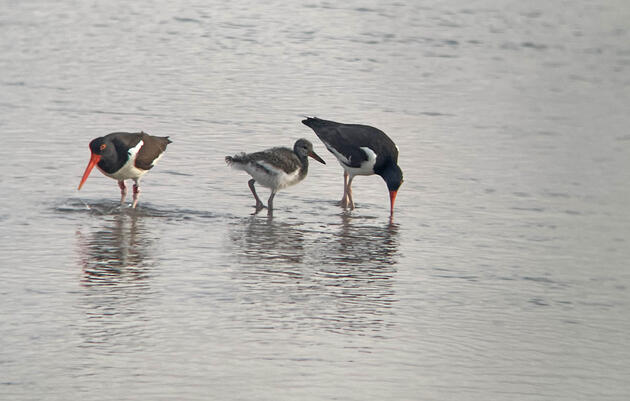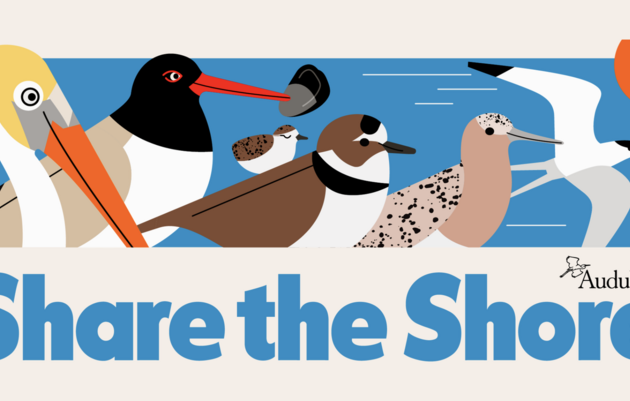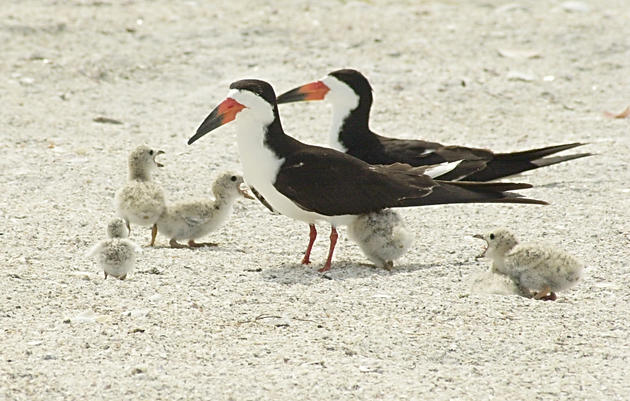It is midway through the summer breeding season for beach-nesting birds around the Sunshine State. Each year, birds on the Paradise Coast face many potential threats that can interrupt their efforts to raise their babies until they are independent. Predation, disturbance, disease, toxic algae, and overwash from storm events are just some of the things that have caused birds to relocate and/or renest with varying degrees of success. So far, 2024 has brought good news, with many birds having a successful first nesting attempt.
When storms stay away and water is clear, crowds of people and celebratory fireworks still threaten nesting colonies at the peak of the summer but according to Southwest Florida Shorebird Project Manager Megan Hatten, colonies only experienced minor issues from fireworks. Anchor stewards and volunteers did stay very busy, however, reminding dog owners to keep their dogs either off the beach or on a leash (depending on the local rule) and away from the posted areas. So far, we are seeing promising signs of a good nesting season.
Lee County
Carlos Point is already seeing many Least Tern chicks fledging and leaving the beach. Just after the holiday, the team counted 27 fledged chicks with 30 nests remaining, and 83 adults are expected to produce a second round of chicks. Black Skimmers are still around in good numbers, with nearly 1,200 adults and 187 nests remaining on the ground. There were roughly 250 chicks of varying ages throughout the colony.
Collier County
Hatten monitors a large colony at Second Chance Critical Wildlife Area off Marco Island. She reports 560 adult Black Skimmers with 194 nests still on the ground and 200 chicks—mostly downy but some are beginning their feathered stages. Least Terns are also still present, but nests in this location are almost done, down to 21 nests still on the ground with 154 adults, and 100 chicks. The chicks are mostly all fledged, with just a handful of feathered and downy chicks remaining. She also spotted some late Wilson’s Plover nests, likely renesting after failing to raise chicks earlier in the season throughout the Cape Romano complex.
Big Marco Pass Critical Wildlife Area has a small yet determined colony with 12 Black Skimmer nests that have been doing well. Hatten expects to see chicks hatch there by mid-July. A colony at nearby Caxambas Pass Critical Wildlife Area is also succeeding, with approximately 50 Black Skimmer nests and 50 chicks.
The seasonal arrival of Saharan dust in our atmosphere may have discouraged the formation of storm events early in the season, but the birds aren’t in the clear quite yet. The team is hopeful that storms will continue to miss the peninsula for just a few more weeks—long enough for these tiny families to wrap up their breeding seasons and fly toward a new future.
Are you interested in becoming a bird steward? Click here to learn more!










